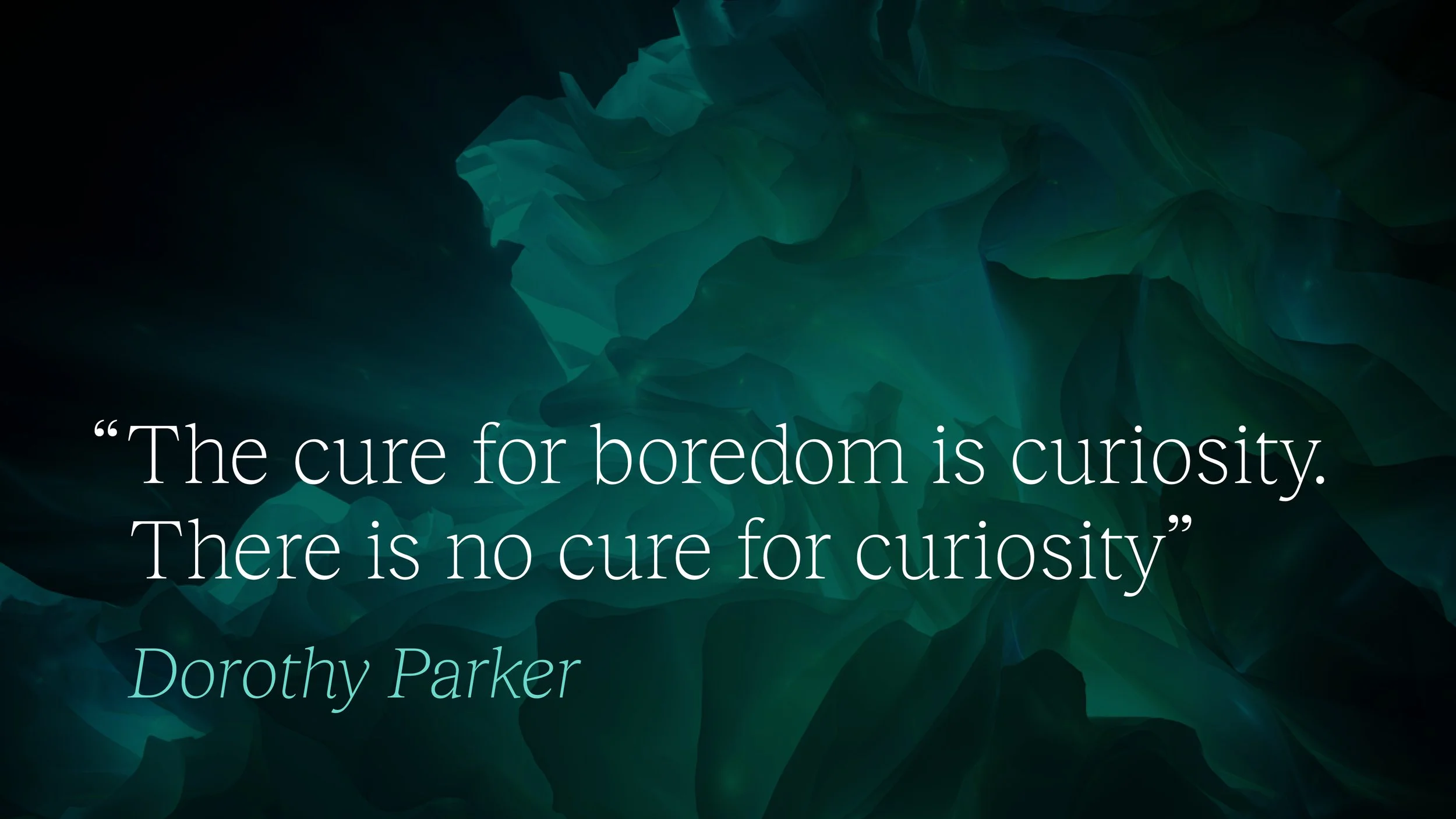Time for fresh thinking in thought leadership
So I’ve been doing this for a long time now. When I joined the Economist Intelligence Unit as one of their first editors in custom publishing 25 years ago, the concept we now know as thought leadership didn’t have an established name.
Now almost everyone in B2B produces some form of thought leadership. And that’s a large part of the problem.
Corporate websites are awash with reports, surveys and points of view. Most of this content follows the same, increasingly jaded recipe: articles which ponderously rehash industry platitudes; reports stacked with so many charts and data, you’d think the world was waiting with bated breath for yet another corporate survey.
Who actually wants to read this stuff? The data is not encouraging: only 15% of decision-makers rate the quality of most thought leadership they read as very good, according to a 2024 survey from Edelman and LinkedIn. But even that statistic paints a flattering picture: let’s be honest, you have to be pretty keen on thought leadership to take a survey on the subject.
In reality, most business people see a boring report, and instantly click delete.
It doesn’t have to be this way
I don’t mean to be derisive about thought leadership. I’ve made a good living from it for over 20 years, working alongside some truly talented people. I’ve helped shape high-profile, high-impact projects, and I’ve enjoyed collaborating with ambitious clients determined to break the mould.
It’s because I know how powerful thought leadership can be, that I’m so passionate about raising the bar. At its best, thought leadership builds reputations, sparks debate, and influences audiences to think differently. I want to help more brands cut through the noise with stories and ideas that are fresh, well-researched, and genuinely memorable.
But we also need to be honest: too much thought leadership underwhelms. The fault lies in the traditional model – slow, rigid, and wasteful of time and money. Process often takes precedence over purpose, lead reports that feel like compliance exercises rather than compelling stories. No wonder they fall flat with the audiences they’re meant to influence.
I’ve spoken to many practitioners of thought leadership who recognise the pattern, who wish for something better, but wring their hands in despair that anything can be done to break the cycle.
The good news is that it doesn’t have to be this way. There is so much scope to innovate. And there are new technologies, tools and skills that can help boost your impact.
Here’s my thoughts on where thought leadership would benefit from a rethink:
Invest more time finding your story, and less time on the mechanics. Story development is partly about getting used to exercising the muscle, partly about making space for original ideas to emerge. It’s worth investing in your creative process at the front end of the project, and doing the due diligence to ensure your angle will resonate in the market. Investing time to find a strong and distinctive angle at the start of your project will save you months further down the line, and deliver stories that audiences genuinely want to engage with.
Put storytelling at the heart of your multidisciplinary team. This is key to breaking the cycle of formulaic content. You need people who can find the story and build meaningful insights – they should design the product and direct the research. Project managers play a crucial rule, but they are there to expedite, not control. Support this team with cutting-edge digital design, creative flair, and researchers who don’t just crunch numbers but ask the crucial ‘so what?’
Be agile, not linear. Thought leadership shouldn’t be a lumbering, linear process. The best programmes are multi-speed, with the ability to support larger publications alongside more topical and timely pieces. Agility means building systems that let you capture momentum, so you can comment swiftly on a policy announcement, a sudden market shift, or a story dominating the headlines.
Embrace AI. AI is not the enemy of thought leadership. Used for the right tasks and with the right governance, it has the potential to improve your story and accelerate your campaign. It’s true that there’s a lot of AI slop out there, but that arises from a misuse of the technology. The trick is to empower your teams on how to take advantage of AI - so we use technology to boost the creative process, not supplant it.
Entice and entertain your audience. Your c-suite decision maker is not a cardboard cutout. They are human beings, no more likely than the rest of us to volunteer their time to another dry-looking tome. Real people respond to narrative, to well-designed experiences, and to powerful ideas they can put immediately into practice. There are simple tips and tricks that content producers can learn to tease their audience’s natural curiosity. Do it well, and you will see a massive uptick in real-world conversations and engagement.
I started Resonant because I believe in thought leadership that begins with the spark - the idea that makes audiences sit up and take notice. We need to invest our time and talent to find the issues that truly resonate, and the hooks that stir their curiosity. That is the only antidote to the corporate beige that characterises too much thought leadership content today.
In today’s noisy marketplace, content is definitely NOT king. It’s your audience that rules. It’s their desires, their interests, their motivations that must be preeminent in your thought leadership strategy. And it’s the impact that you have with these audiences, your ability to connect with and influence their agenda, that ultimately sets the yardstick for success.

